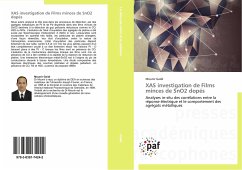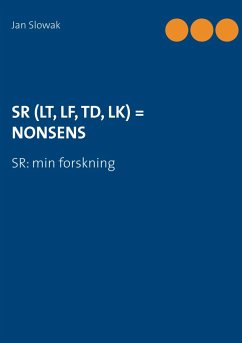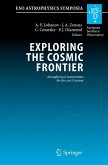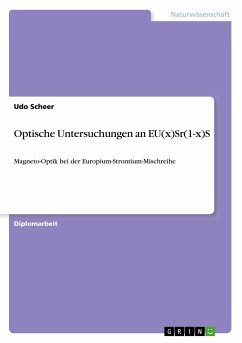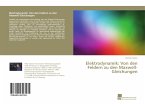Synchrotron radiation induced Total reflection X-Ray Fluorescence (SR-TXRF) analysis is a micro-analytical technique which offers detection limits in the femtogram range for most elements. The technique can be coupled with X-ray Absorption Near Edge Structure (XANES) spectroscopy to gain information on the chemical environment of specific elements of interest at an ultra trace level. The combination of these techniques has been applied to various analytical problems arising from industrial applications and environmental research. In this work self absorption effects were observed for sample amounts above several nanograms. The influence of these effects on TXRF-XANES analysis was investigated by comparing grazing incidence and grazing exit (inverse geometry) setups and simulations, showing that these self absorption effects occur due to the special grazing incidence geometry. In the framework of this thesis the author exploited the strengths and pitfalls of the combination of TXRF and XANES analysis and demonstrated the power of this multifunctional method to perform chemical speciation studies at trace element levels.



